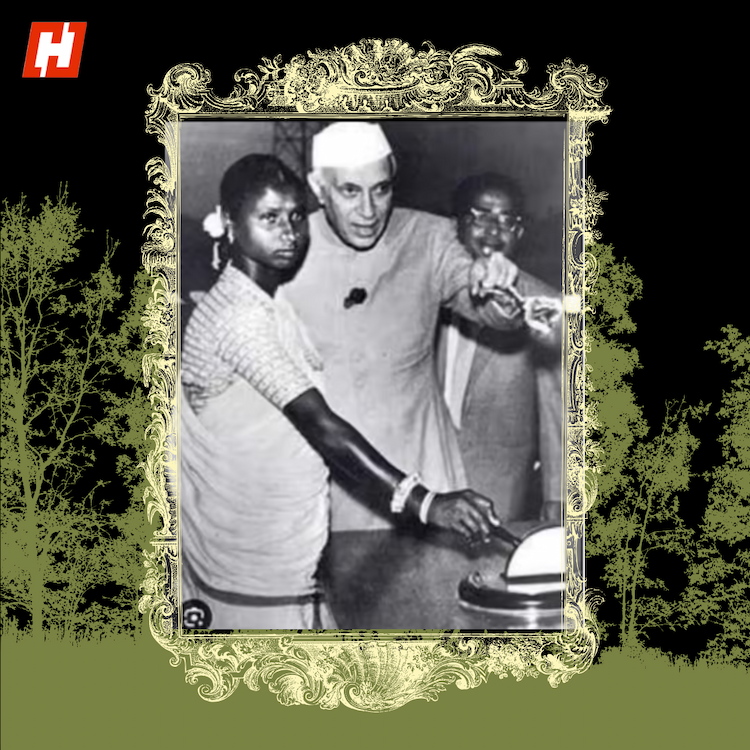India is known for its rich and diverse cuisine, which is deeply influenced by its history, trade routes, and cultural exchanges. While many vegetables are considered integral to Indian cooking today, some of them were not originally native to the subcontinent. Vegetables like potatoes (aloo), cauliflower (gobhi), and coriander (dhaniya) among others have fascinating journeys that trace back to different parts of the world before becoming staples in Indian kitchens.
The Indian Kitchen Before Potatoes, Cauliflower, and Other Staple Vegetables Arrived
Before the introduction of vegetables brought in by foreign invaders, Indian cuisine was already rich and diverse, relying on native crops, lentils, grains, and dairy. The traditional Indian kitchen was built around ingredients that had been growing in the subcontinent for thousands of years.
Long before potatoes and other foreign vegetables became common, Indian food revolved around grains like rice, wheat, and millets (such as ragi, jowar, and bajra). These were often paired with lentils and legumes like moong dal (green gram), masoor dal (red lentils), chana dal (Bengal gram), urad dal (black gram).
Although potatoes, tomatoes, and cauliflower were absent, Indian cuisine thrived on native vegetables such as brinjal/eggplant (baigan), bitter gourd (karela), bottle gourd (lauki), ash gourd (petha), ridge gourd (turai), taro root (arbi) and yam (suran) and drumsticks (moringa) among others.
Leafy greens such as spinach (palak), fenugreek (methi), amaranth (chaulai), and mustard greens (sarson) were also widely consumed across India.
The Great Indian Spice-Driven Kitchen
Indian food has always been spice driven. Age old masalas ruled the Indian kitchen. Even before the arrival of chilli, India had a deeply flavourful spice tradition. Some of the key indigenous spices included black pepper (kaali marich). It was India’s main heat source before chillies arrived from the Americas.
Others were turmeric (haldi), ginger and garlic, cumin (jeera), Fennel (saunf), fenugreek (methi), and asafoetida (hing).
These spices formed the base of Indian curries, which were thickened using curd (dahi), coconut, or ground lentils rather than tomatoes which came much later.
A Thriving Cuisine Without Imported Vegetables
Even before the arrival of staple vegetables like potatoes and cauliflower, Indian cuisine was vibrant, diverse, and deeply rooted in native grains, pulses, greens, and spices. The introduction of new vegetables added variety but did not replace the traditional flavours that had shaped Indian food for millennia.
How Did Vegetables Like Potato, Cauliflower, and Coriander Come to India?
The potato is native to the Andes region in South America, particularly modern-day Peru and Bolivia. It was cultivated by the Incas thousands of years ago. The Spanish explorers brought potatoes to Europe in the 16th century.
The Portuguese, who established trade routes with India, are believed to have introduced the potato to the subcontinent in the early 17th century.
The British later promoted its cultivation during the colonial period, and by the 19th century, it became widely grown across India.
Cauliflower is believed to have originated in the Mediterranean region. It was cultivated in the eastern Mediterranean as early as 600 BCE and spread across Europe over time. Cauliflower was introduced to India by the British in the 19th century.
It was initially grown in the cooler northern regions but later adapted to various climates across the country.
By the early 20th century, cauliflower became a staple vegetable in Indian households.
Unlike potatoes and cauliflower, coriander (Coriandrum sativum) is native to the Mediterranean and parts of southern Europe. It is one of the oldest herbs known to humanity, with its use dating back to ancient Egyptian, Greek, and Roman civilizations.
Coriander reached India through early trade routes and was embraced in Indian cuisine thousands of years ago.
Ancient Ayurvedic texts mention coriander for its medicinal properties, showing its deep-rooted presence in Indian culture.
The spice trade between India and the Middle East further solidified its role in Indian cooking.
Today, these vegetables are indispensable in Indian households, each with its unique history and significance.
Image source: Midjourney






